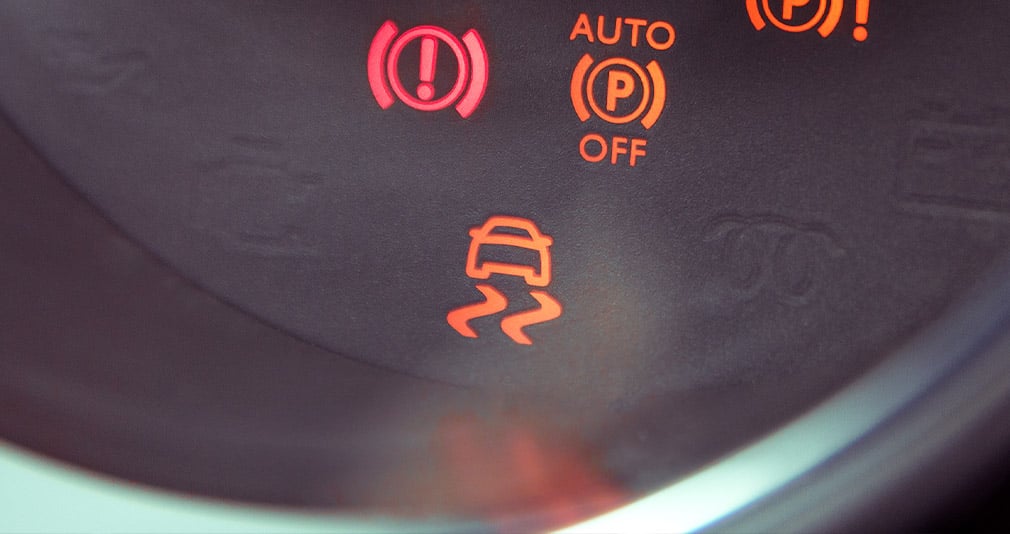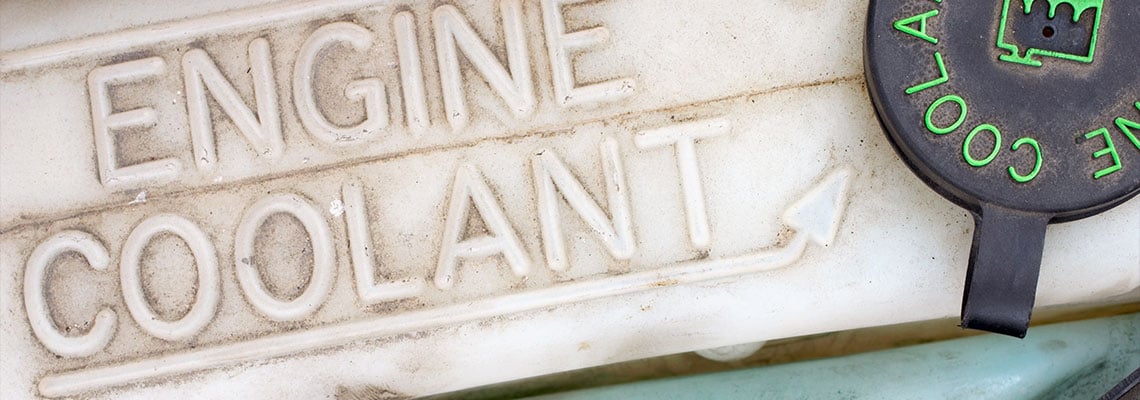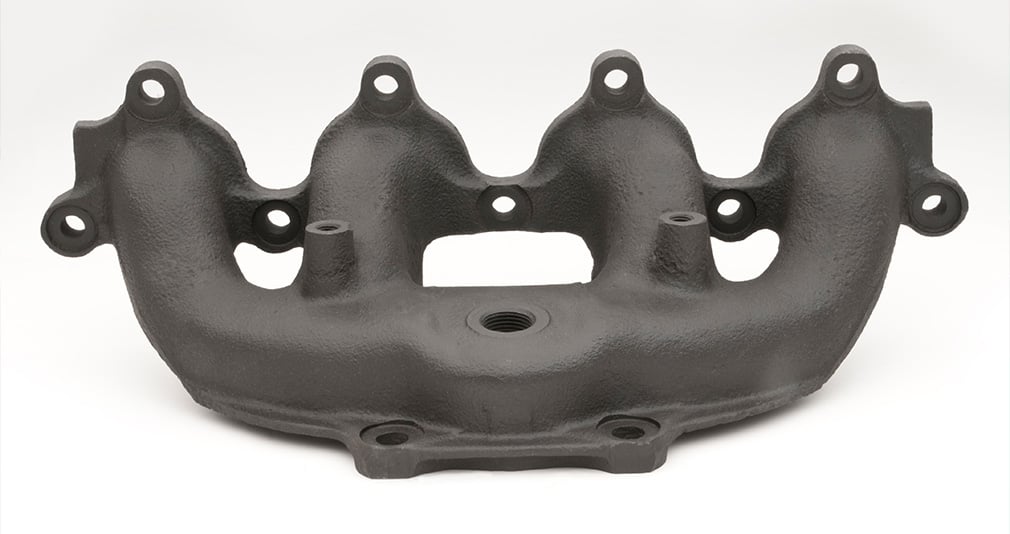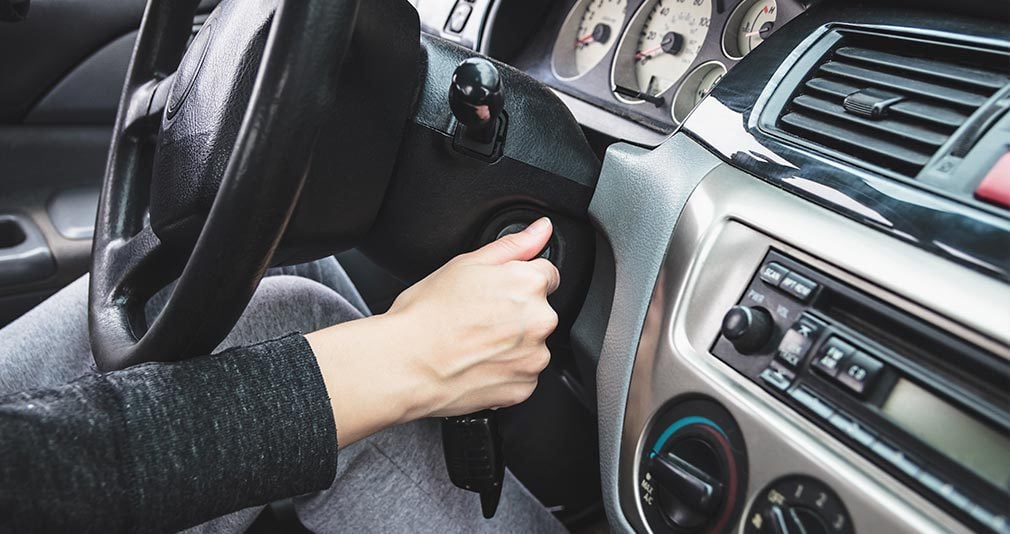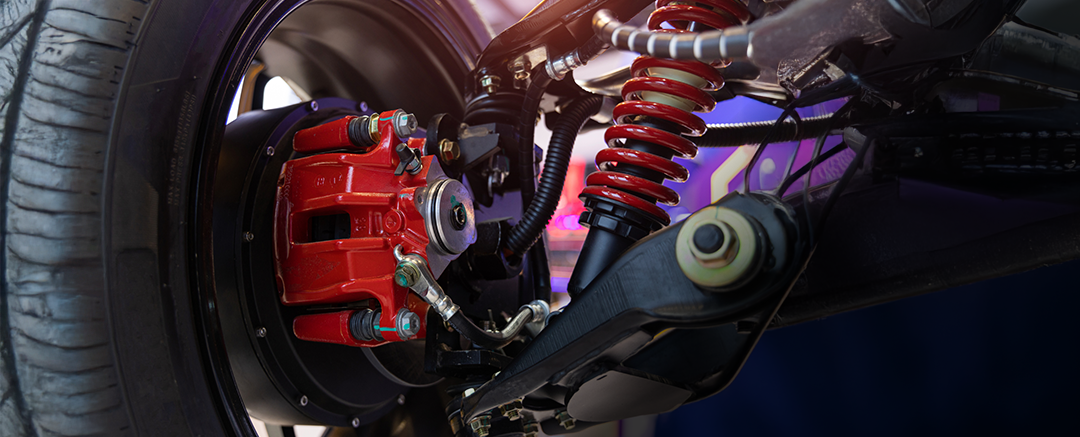If you’re a Cleveland driver, you probably already know about the state’s E-Check program. The emissions testing program, active in 7 counties throughout the state, requires drivers to pass an emissions test in order to register a vehicle.
E-Check is required for vehicles from four through 25 years old, and it’s your responsibility as an Ohio driver to stay current on your emissions testing. If you skip the test, you won’t be able to renew your registration or complete a plate transfer.
The test is fairly simple and can be conducted at E-Check inspection locations, including self-check kiosks. Tests are required every two years, and compliance certificates are valid for 365 days.
Keep reading for tips on how to ensure you pass your next E-Check with flying colors.
Why Vehicles Fail Emissions Testing
Vehicles can fail emissions tests for several reasons. Some common causes include:
- Issues with your car’s emissions control system, like the catalytic converter.
- A faulty or missing gas cap.
- Check engine light is illuminated.
The Ohio EPA lists the following most common diagnostic trouble codes (DTCs) for failing vehicles:
- P0420: Catalyst system efficiency below threshold (Bank 1)
- P0456: Evaporative emission control system leak detected (very small leak)
- P0455: Evaporative emission control system leak detected (gross leak)
- P0442: Evaporative emission control system leak detected (small leak)
- P0171: System too lean (Bank 1)
- P0430: Catalyst system efficiency below threshold (Bank 2)
- P0300: Random/multiple cylinder misfire detected
- P0128: Coolant Thermostat (Coolant Temperature Below Thermostat Regulating Temperature)
- P0446: Evaporative emission control system Vent Control Circuit malfunction
- P0449: Evaporative emission control system Vent Valve/Solenoid Circuit malfunction
Failing the test doesn’t mean you’re stuck; it’s a sign that your vehicle needs maintenance to bring it back up to environmental standards.
The Connection Between Your Exhaust System and Emissions Testing
When working correctly, your exhaust system carries gases from your engine to the tailpipe. Along the way, it removes gases caused by combustion from your car’s engine, reducing harmful emissions in the process. Your exhaust system makes engines run more effectively and reduces people’s exposure to dangerous gases.
The exhaust system is closely tied to passing emissions testing because its primary job is to filter harmful gases and reduce emissions. Some of the exhaust system’s key components include:
Catalytic converter. A catalytic converter is part of the exhaust system and the heart of emissions reduction in your car. Its job is to convert gasses, including carbon monoxide, hydrocarbons and nitrogen oxide, into carbon dioxide, water vapor, nitrogen and oxygen.
Every new car with an internal combustion engine since 1975 is required to have a catalytic converter, and maintaining it is critical for reducing harmful emissions and passing your E-Check test.
Exhaust manifold. The exhaust manifold’s job is to collect engine gases as they travel through the engine cylinder head and direct them to the catalytic converter, which is responsible for converting them into less harmful gases that will be released into the air.
Oxygen sensors. The oxygen sensor plays an important role in your vehicle’s operation because it monitors the unburned oxygen that comes out of your exhaust, allowing it to help your car accurately monitor fuel consumption. A faulty sensor can greatly reduce your fuel efficiency and can even cause damage to your spark plugs and catalytic converter.
Mass airflow sensor. The amount of air entering your car’s engine will determine how much fuel is required to run efficiently. It’s the job of the mass airflow sensor to measure the air and instruct your car’s computer on how much fuel it needs.
Common Problems That Can Cause Emissions Failures
Problems with your exhaust system can lead to failed emissions tests. Some of the most common exhaust system problems include:
Check engine light on. The check engine light can be triggered by a number of different issues, including a faulty oxygen sensor or loose gas cap. If your check engine light is on, regardless of the reason, it is an instant emissions test failure. If your check engine light is on, bring your vehicle in for a diagnostic test before your test.
Catalytic converter failure. Since the catalytic converter is the part responsible for cleaning toxic engine gases and converting them to less harmful emissions, a failing catalytic converter will result in too much carbon monoxide in your exhaust output.
Faulty mass airflow or oxygen sensor. When a mass airflow or oxygen sensor isn’t functioning properly, it can cause damage to your spark plugs and catalytic converter. Damage to the exhaust system can lead to a failed test.
Worn spark plugs. When worn down, spark plugs cannot effectively ignite the fuel-air mixture necessary to fire your engine. When this happens, unburned gas can leach into your car’s exhaust.
How Rainbow Muffler & Brake Can Help You Stay Compliant
Keeping up with vehicle maintenance is one of the best ways to ensure your car is E-Check-ready. If your test year is coming up, make an appointment for a diagnostic check that includes an engine code scan and a thorough analysis of the emissions system. Pre-checks can identify issues early, helping you pass E-Check and potentially saving on major repairs.
If your vehicle fails the test, you’re allowed up to three free tests within a 365-day period. The fourth and subsequent tests will incur an $18 fee.
Schedule a Pre-Test Inspection and Pass E-Check
Compliance with E-Check is an excellent reason to ensure your exhaust system is in top shape. Beyond meeting emissions standards, a well-maintained exhaust system benefits the environment and protects your health by reducing harmful pollutants. Faulty or malfunctioning parts can also take a toll on your engine, increasing gas mileage and causing unnecessary wear and tear on essential components.
By addressing these issues early with a pre-test inspection, you’ll not only improve your chances of passing E-Check but also extend the life of your vehicle — and save money in the long run.



